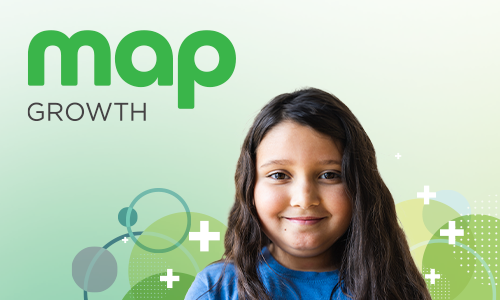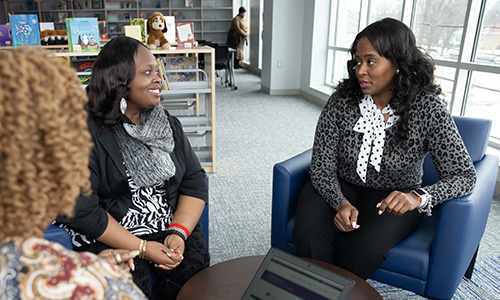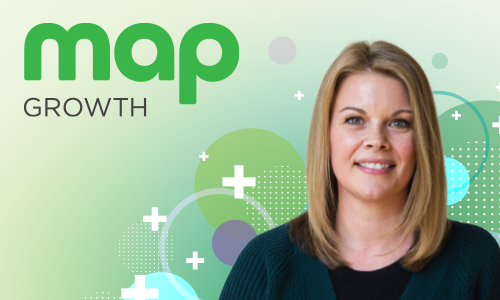
Every school district wants to make sure it’s administering and using formative, interim, and summative assessments at appropriate times and in appropriate ways. The task of building and maintaining a balanced assessment system can be complicated, but it’s essential. As many teachers can confirm, it’s very frustrating to see a laundry list of assessments when they’re not accompanied by clear guidance about what those assessments are intended for and how they should be used.
Today I’d like to share eight questions that can help you anticipate and avoid some of that frustration. As you work through any assessment or assessment process, the answers to these questions will help ensure that your assessments are properly tuned to provide the information you need to help students learn.
1. What is the purpose of this assessment?
An assessment’s purpose includes the intentions of the designers who created it, as well as the district’s intentions in selecting it. To understand what a given assessment is meant to do, take a careful look at the materials that accompany it and any pertinent communications from the district. When in doubt, ask questions. The right questions can help those around you achieve the clarity they need to fully understand what an assessment is designed to accomplish.
2. What does that purpose mean for how I should use this assessment?
In contrast to an assessment’s purpose, its use refers to the real-world utilization of an assessment by teachers, support staff and specialists, and building or district administrators. With all these different stakeholders doing all sorts of different things to help students learn, no single assessment is going to meet everyone’s needs. To understand how an assessment might be useful to you, pay close attention to how those around you talk about and use it.
3. Is there a disconnect between an assessment’s purpose and use?
When the way an assessment is used runs contrary to how it was intended to be used, that’s a major red flag. For example, if a formative assessment is being used for grading, this disconnect between purpose and use can interfere with students’ motivation to learn, it can reproduce existing inequities, and it can be confusing for students and families. Inappropriate uses for assessments lead us to make bad or poorly supported decisions that ultimately inhibit learning.
Once you’ve identified an assessment’s purposes and uses, compare them side by side, carefully looking for any uses that might ask an assessment to do something inappropriate.
4. What resources do I need to use this assessment for its intended purpose?
Sometimes we can’t use an assessment for its intended purpose because other elements of a teaching and learning strategy get in the way. For example, a teacher focused on a strict scope and sequence for instruction for every student may have difficulty using MAP® Growth™ to differentiate instruction based on students’ individual learning needs. Look for a match between an assessment’s intended purpose and your teaching and learning strategies, and advocate for change where other policies, procedures, and common practices prevent you from using high-quality assessments to their full potential.
5. What can this assessment provide to our school that other assessments cannot?
Different assessments are better at different things. Formative assessment processes are ideal for proposing evidence of student learning in the moment and supporting students in becoming self-directed learners. Interim assessments like MAP Growth help teachers identify student needs across a content area, help teachers and administrators gauge progress toward learning goals, and help predict performance on state-mandated assessments. Purposeful summative assessments allow students to demonstrate what they’ve learned, while providing administrators with important information about student learning overall.
When choosing new assessments, start by examining the gaps in your current assessment strategy. Seeing those gaps clearly will help you identify the types of assessments you may need in the future.
6. How will my students understand and use this assessment?
Students react to the assessment process in many different ways. Many students relish the challenge of demonstrating what they know, and they welcome opportunities to improve over their past performance. For other students, however, assessments can trigger fear, self-doubt, frustration, or even panic. These students may not understand how the assessments will be used, and they might even worry about how the assessment will reflect on them as individuals. How you talk to students about their assessment results and use them in instruction plays a big role in whether their experience is positive or negative.
7. How can I talk to students’ families about the purpose and uses of this assessment?
Families are among the most important stakeholders in the assessment process. However, because a student’s caretakers can’t sit in your classroom every day, they need other sources of information about how their child is doing and what they can do to support their learning. Make sure families have what they need to prepare their students for assessments, to understand the data they see from assessments, and to build skills alongside their student over time.
8. How will this assessment support student learning?
The more you know your assessment tools, triangulate data between assessments, and provide students with the support they need to do their best, the more helpful assessments will be in meeting your most critical needs as an educator.
When you find yourself lacking clarity on how best to use the formative, interim, and summative assessments in front of you, try asking these eight questions before you get too far into the assessment process. They can help you not only better understand an assessment’s real purposes and uses, but also ensure that your students get the most value and meaning from it.






